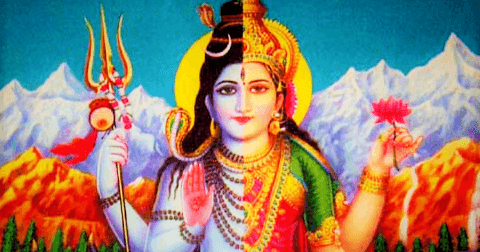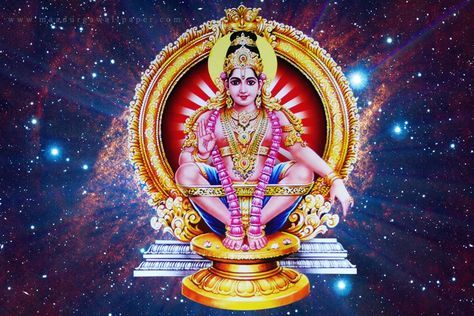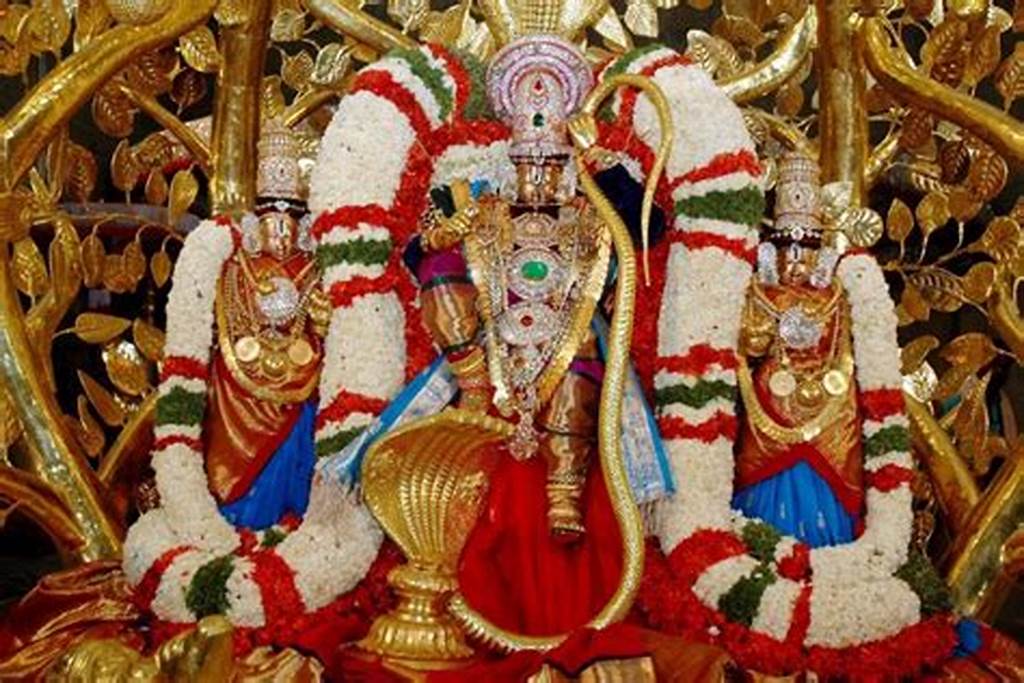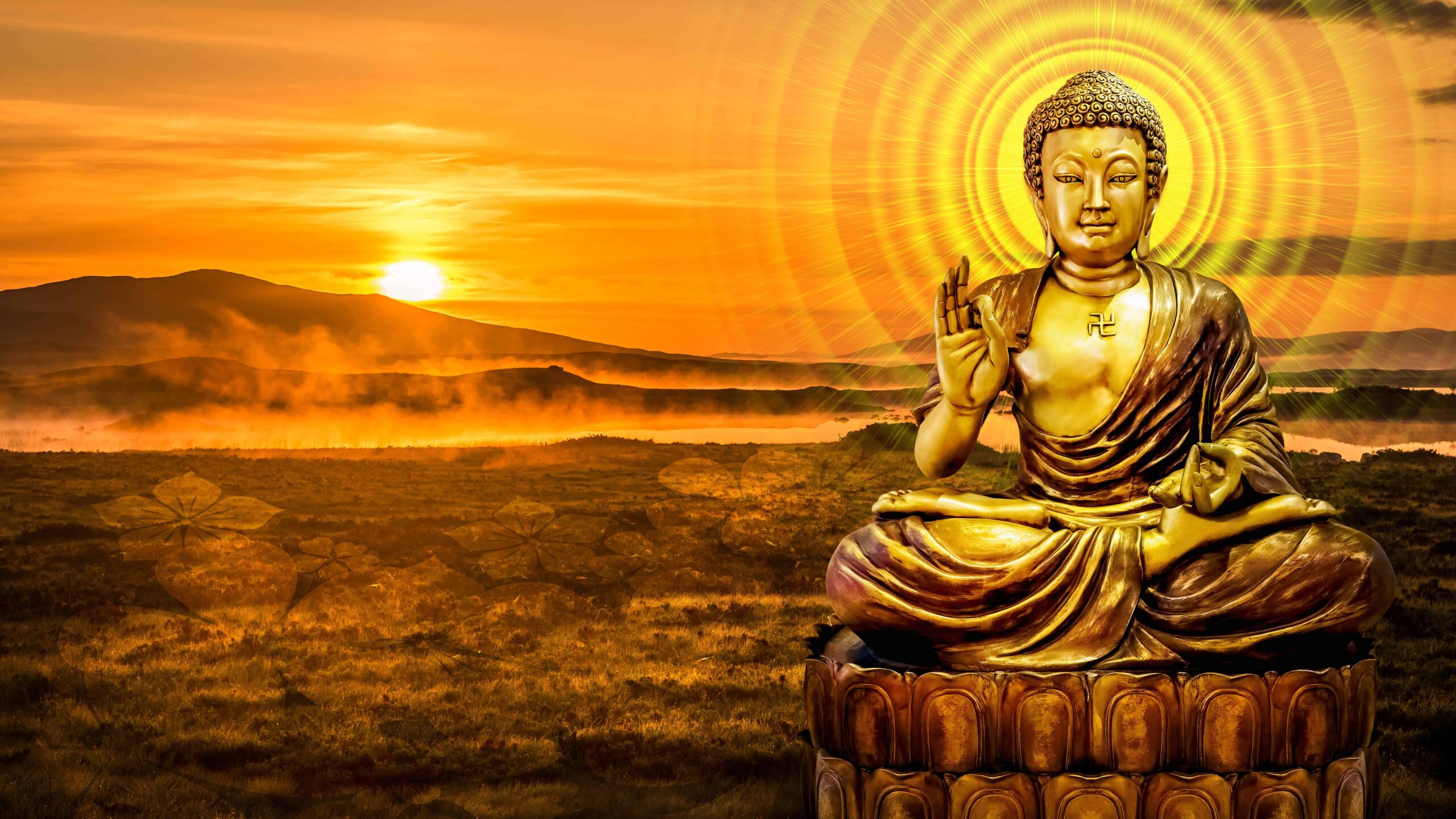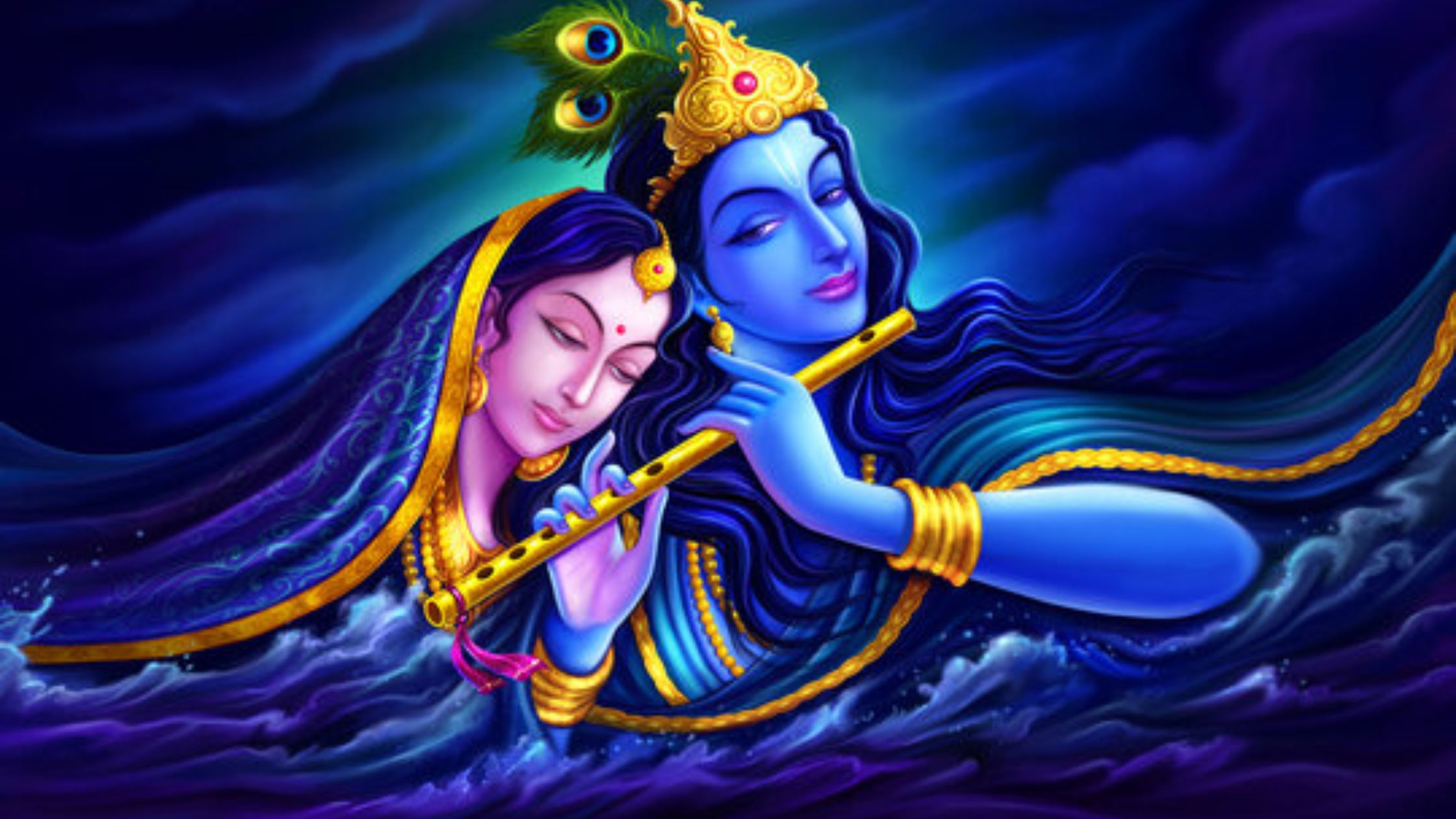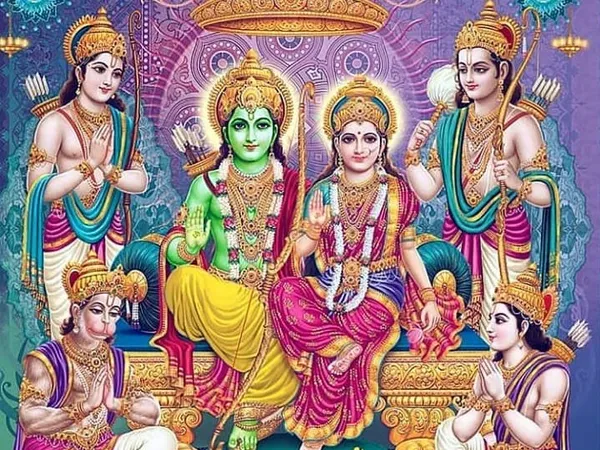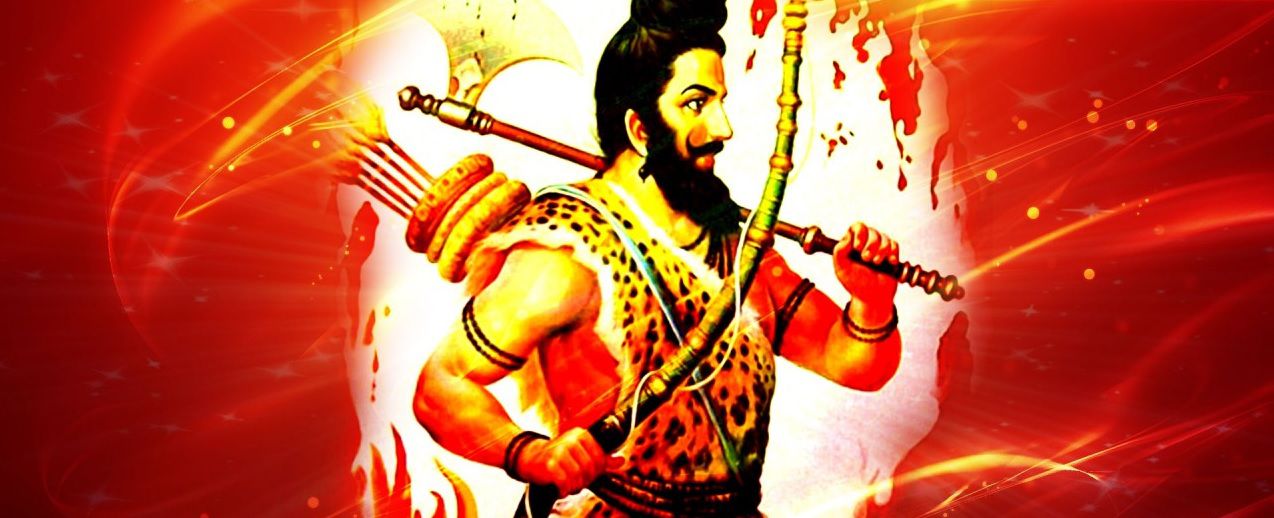It looks like you mentioned “Budha,” which might be a reference to Buddha, the founder of Buddhism. Siddhartha Gautama, commonly known as Buddha, was a spiritual leader and teacher who lived in ancient India. Born in the 6th century BCE, he is revered as the “Enlightened One” for his insights into the nature of suffering and the path to liberation.
Buddha’s teachings, encapsulated in the Four Noble Truths and the Eightfold Path, form the foundation of Buddhism. The Four Noble Truths address the nature of suffering, its cause, its cessation, and the path to the cessation of suffering. The Eightfold Path outlines a set of ethical and mental guidelines for achieving enlightenment.
Buddha’s teachings have had a profound impact on the spiritual and philosophical traditions of many Asian cultures, and Buddhism has followers worldwide. The term “Buddha” is often used to refer not only to Siddhartha Gautama but also to any person who has attained enlightenment in the Buddhist tradition.
It seems like you mentioned “Budha,” which might be a reference to Buddha. Buddha is a title given to Siddhartha Gautama, who was a spiritual teacher and the founder of Buddhism. Born in ancient India, Buddha is believed to have lived in the 6th to 4th century BCE.
Siddhartha Gautama attained enlightenment under the Bodhi tree and spent the rest of his life teaching the principles of Buddhism, which include the Four Noble Truths and the Eightfold Path. His teachings emphasize the nature of suffering, the cause of suffering, the possibility of cessation of suffering, and the path leading to the cessation of suffering.
Buddha’s teachings have had a profound impact on many people worldwide, and Buddhism has become one of the major world religions. The term “Buddha” is not only used to refer to Siddhartha Gautama but is also used more broadly in Buddhism to describe anyone who has attained enlightenment.
If you have a specific question or topic related to Buddha or Buddhism that you would like more information about, feel free to ask!
Sources of the life of the Buddha
Accounts of the life of the Buddha appear in many forms. Perhaps the earliest are those found in the collections of sutras (Pali: suttas), discourses traditionally attributed to the Buddha. In the sutras, the Buddha recounts individual events in his life that occurred from the time that he renounced his life as a prince until he achieved enlightenment six years later. Several accounts of his enlightenment also appear in the sutras. One Pali text, the Mahaparinibbana-sutta (“Discourse on the Final Nirvana”), describes the Buddha’s last days, his passage into nirvana, his funeral, and the distribution of his relics. Biographical accounts in the early sutras provide little detail about the Buddha’s birth and childhood, although some sutras contain a detailed account of the life of a prehistoric buddha, Vipashyin.
Another category of early Buddhist literature, the vinaya (concerned ostensibly with the rules of monastic discipline), contains accounts of numerous incidents from the Buddha’s life but rarely in the form of a continuous narrative; biographical sections that do occur often conclude with the conversion of one of his early disciples, Shariputra. While the sutras focus on the person of the Buddha (his previous lives, his practice of austerities, his enlightenment, and his passage into nirvana), the vinaya literature tends to emphasize his career as a teacher and the conversion of his early disciples. The sutras and vinaya texts, thus, reflect concerns with both the Buddha’s life and his teachings, concerns that often are interdependent; early biographical accounts appear in doctrinal discourses, and points of doctrine and places of pilgrimage are legitimated through their connection to the life of the Buddha.
Near the beginning of the Common Era, independent accounts of the life of the Buddha were composed. They do not recount his life from birth to death, often ending with his triumphant return to his native city of Kapilavastu (Pali: Kapilavatthu), which is said to have taken place either one year or six years after his enlightenment. The partial biographies add stories that were to become well-known, such as the child prince’s meditation under a rose-apple tree and his four momentous chariot rides outside the city.
These accounts typically make frequent reference to events from the previous lives of the Buddha. Indeed, collections of stories of the Buddha’s past lives, called Jatakas, form one of the early categories of Buddhist literature. Here, an event reminds the Buddha of an event in a past life. He relates that story in order to illustrate a moral maxim, and, returning to the present, he identifies various members of his audience as the present incarnations of characters in his past-life tale, with himself as the main character.
The Jataka stories (one Pali collection contains 547 of them) have remained among the most popular forms of Buddhist literature. They are the source of some 32 stone carvings at the 2nd-century BCE stupa at Bharhut in northeastern Madhya Pradesh state; 15 stupa carvings depict the last life of the Buddha. Indeed, stone carvings in India provide an important source for identifying which events in the lives of the Buddha were considered most important by the community. The Jataka stories are also well-known beyond India; in Southeast Asia, the story of Prince Vessantara (the Buddha’s penultimate reincarnation)—who demonstrates his dedication to the virtue of charity by giving away his sacred elephant, his children, and finally his wife—is as well-known as that of his last lifetime.
Lives of the Buddha that trace events from his birth to his death appeared in the 2nd century CE. One of the most famous is the Sanskrit poem Buddhacharita (“Acts of the Buddha”) by Ashvaghosa. Texts such as the Mulasarvastivada Vinaya (probably dating from the 4th or 5th century CE) attempt to gather the many stories of the Buddha into a single chronological account. The purpose of these biographies in many cases is less to detail the unique deeds of Shakyamuni’s life than to demonstrate the ways in which the events of his life conform to a pattern that all buddhas of the past have followed. According to some, all past buddhas had left the life of the householder after observing the four sights, all had practiced austerities, all had achieved enlightenment at Bodh Gaya, all had preached in the deer park at Sarnath, and so on.
The life of the Buddha was written and rewritten in India and across the Buddhist world, elements added and subtracted as necessary. Sites that became important pilgrimage places but that had not been mentioned in previous accounts would be retrospectively sanctified by the addition of a story about the Buddha’s presence there. Regions that Buddhism entered long after his death—such as Sri Lanka, Kashmir, and Burma (now Myanmar)—added narratives of his magical visitations to accounts of his life.
No single version of the life of the Buddha would be accepted by all Buddhist traditions. For more than a century, scholars have focused on the life of the Buddha, with the earliest investigations attempting to isolate and identify historical elements amid the many legends. Because of the centuries that had passed between the actual life and the composition of what might be termed a full biography, most scholars abandoned this line of inquiry as unfruitful. Instead they began to study the processes—social, political, institutional, and doctrinal—responsible for the regional differences among the narratives of the Buddha. The various uses made of the life of the Buddha are another topic of interest. In short, the efforts of scholars have shifted from an attempt to derive authentic information about the life of the Buddha to an effort to trace stages in and the motivations for the development of his biography.
It is important to reiterate that the motivation to create a single life of the Buddha, beginning with his previous births and ending with his passage into nirvana, occurred rather late in the history of Buddhism. Instead, the biographical tradition of the Buddha developed through the synthesis of a number of earlier and independent fragments. And biographies of the Buddha have continued to be composed over the centuries and around the world. During the modern period, for example, biographies have been written that seek to demythologize the Buddha and to emphasize his role in presaging modern ethical systems, social movements, or scientific discoveries. What follows is an account of the life of the Buddha that is well-known, yet synthetic, bringing together some of the more famous events from various accounts of his life, which often describe and interpret these events differently.
Tenets & Teachings
Although he could now live his life in contentment and do as he pleased, he chose instead to teach others the path of liberation from ignorance and desire and assist them in ending their suffering. He preached his first sermon at the Deer Park at Sarnath at which he introduced his audience to his Four Noble Truths and the Eightfold Path. The Four Noble Truths are:
- Life is suffering.
- The cause of suffering is craving.
- The end of suffering comes with an end to craving.
- There is a path which leads one away from craving and suffering.
The fourth truth directs one toward the Eightfold Path, which serves as a guide to live one’s life without the kind of attachment that guarantees suffering:
- Right View
- Right Intention
- Right Speech
- Right Action
- Right Livelihood
- Right Effort
- Right Mindfulness
- Right Concentration
By recognizing the Four Noble Truths and following the precepts of the Eightfold Path, one is freed from the Wheel of Becoming which is a symbolic illustration of existence. In the hub of the wheel sit ignorance, craving, and aversion which drive it. Between the hub and the rim of the wheel are six states of existence: human, animal, ghosts, demons, deities, and hell-beings. Along the rim of the wheel are depicted the conditions which cause suffering such as body-mind, consciousness, feeling, thirst, grasping among many others which bind one to the wheel and cause one to suffer.

